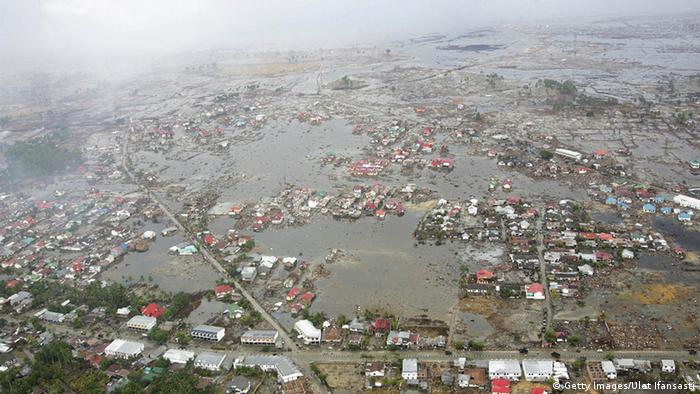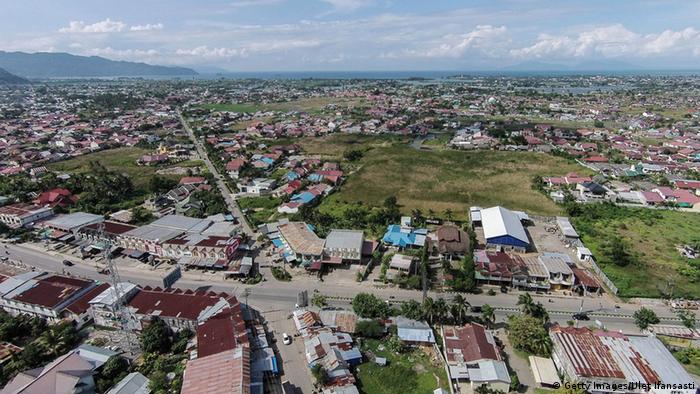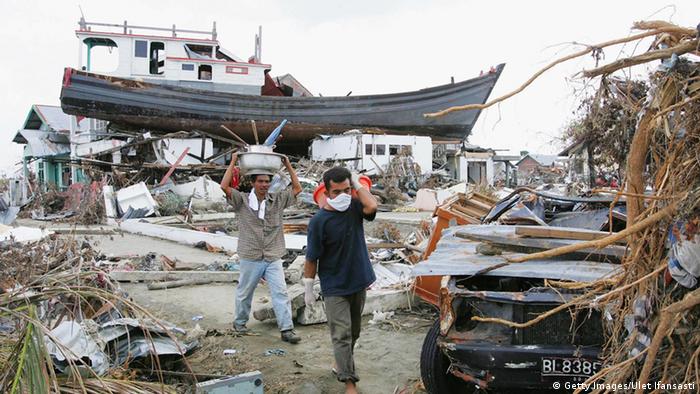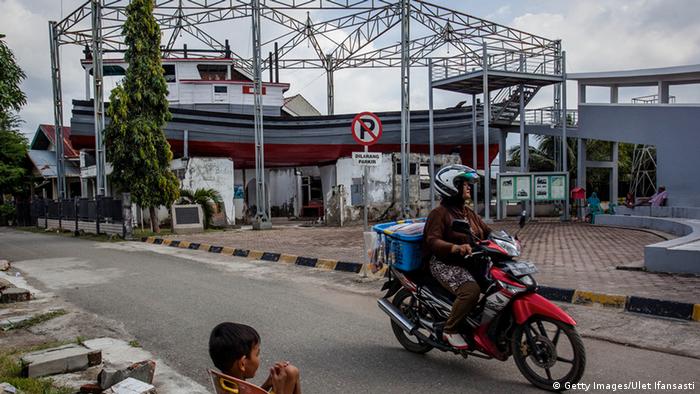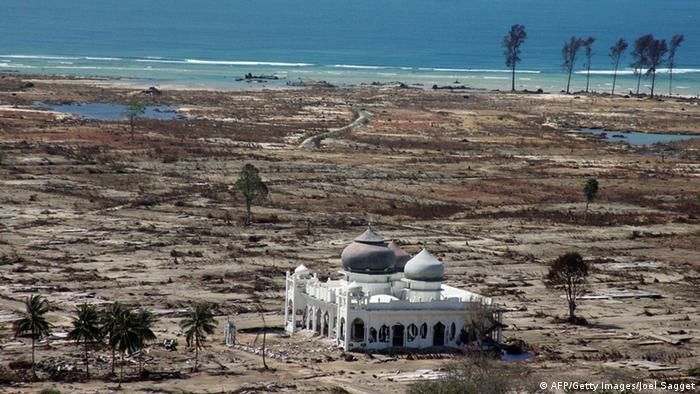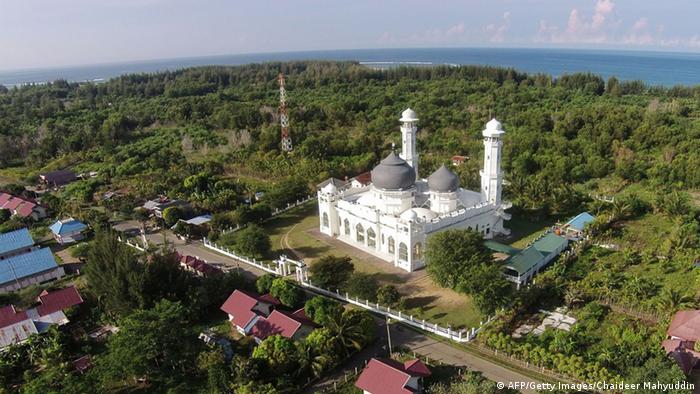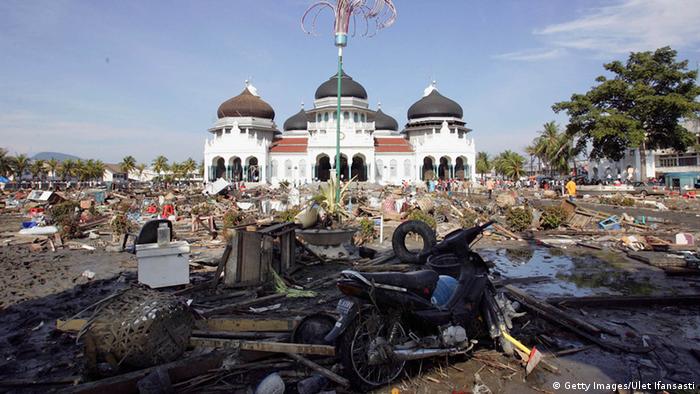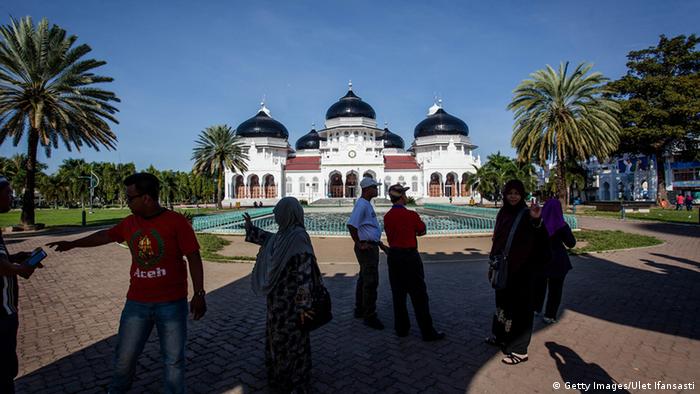The Tsunami early warning system did work, but the warnings were not passed, says Jörn Lauterjung by the German Geoforschungszentrum. Here are the early warning system was developed.

After the great Tsunami of 2004 the Tsunami early warning system was made with the participation of the GeoForschungsZentrum (GFZ) in Potsdam, and in 2012 the Indonesian authorities. In the DW-Interview GFZ-Director Jörn manifests itself, according to Jung, the accusations, the System did not work.
Deutsche Welle: “Mr according to Jung, according to the spokesman for the Indonesian disaster management authority, all of the Tsunami Warning system in Indonesia does not work any more since 2012, as the funds were sufficient. Not or only insufficiently worked out, the System actually?
Jörn Lauterjung: The System works as planned and as it has been for a long time. Five minutes after the earthquake, the center in Jakarta has issued a warning that a Tsunami height was expected of 0.03 meters to a height of three meters. I think the spokesman is referring Mainly to the buoys.
These buoys have been damaged in the past in front of unwary fishermen. The System offers a comprehensive protection for all the vulnerable areas?

Dr. Jörn Lauterjung, Director of the research centre for Geosciences
Due to the damage, we have decided not to operate the buoys. The System also works without the buoys well, because we have gone through in the course of the project, it is also a learning curve. Meanwhile, we know that the vertical movement of the ocean floor can also be due to GPS stations on Land to measure accurately. This works just as well.
The authorities have also triggered a Tsunami Alarm, but after about a half hour offset, from their point of view understandable?
This is not for me to understand, because the international rules that we have imposed on ourselves to provide for such a case, actually, a minimum duration of two hours. In this case, the lifting of the Tsunami Alert after the me of this Timeline from BMKG, i.e. the operator of the centre was not, however, harmful, because it arrived the time of the Tsunami already. At 18.00 local time the earthquake was to 18.07 at the warning message has been published. To 18.25 at the Tsunami arrived in Palu, and to 18.36 at the warning has been lifted.
That is to say: The people were warned in time?
Yes, the people were warned, at least the local authorities and the local Disaster Management authorities must have had the warning. Why the warning then is not to the local population to have been passed, as is now described in the press, I cannot judge at the Moment, too little information, to be honest.
The infrastructure may not have had on the coast, that warnings be given directly to the population?
Yes, under certain circumstances, the power is down due to the earthquake in advance. The emergency power supply didn’t work or whatever. I still have no exact information on what is going on, because the people now have, understandably, other things to Worry about, to answer requests from Germany. But the warning message is passed to the local authorities and organisations. What happens after that is beyond my knowledge.
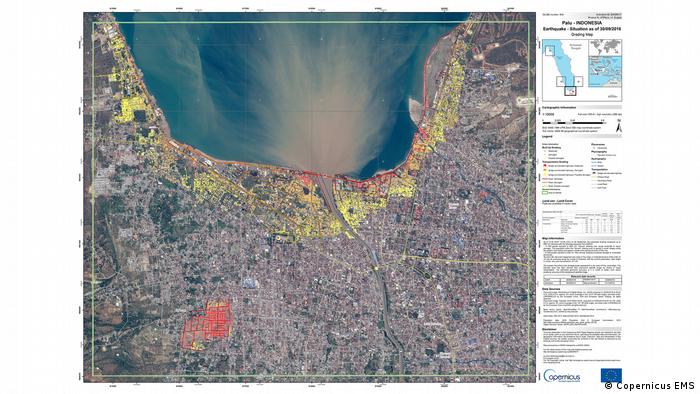
Satellite image after the devastating earthquake
Should be considered in the consequence, on technical solutions, such as human error can be ruled out at this early warning system?
Of course, you should think about technical solutions. But I think that we need to really reinforce the training and also the perception of the population towards natural warning signals. Obviously, it didn’t worked, because the people have felt the earthquake. They also felt that it was a long earthquake and that they had to leave because of these natural warning signs even before the official warning from Jakarta actually from the beach and in the direction of higher terrain.
But if you know there’s a warning system is and it isn’t working, you might think, it is so bad, when the earth trembles?
I think: I’m rather vain running to early died. If there is, for example, in Japan, a false alarm, and there are more and more frequently, then people don’t say “false alarm”, but simply “lucky”.
The Indonesian seismologist Widjo Kongko criticized in the DW-Interview the previous System and additional Sensors on the sea floor is required, should be integrated into the early warning system. The power from your point of view make sense?
Mr Kongko was in the establishment of the early warning system in 2005, a PhD student with us, it makes sense what he says. Of course, it would be good if we had seismometers on the ocean floor, especially on the other side of the subduction zones, earthquakes are still measured more accurately. A solution the cable would be off the coast, in the in regular intervals seismometers are installed. But this is a relatively expensive undertaking, if we want to do for the whole coast of Indonesia.
There is also an alternative early warning system that would be cheaper and more efficient?
Nothing comes to me now in the Moment. There are indeed a Russian scientist who believe that we would be able to see the precursor phenomena of Tsunamis in the atmosphere. This is proved by nothing. Of course it would be cheaper. Beautiful would not be, especially if we could predict earthquakes, then you would need the whole early warning System. But earthquakes we can’t say, unfortunately, before and not be able to in the next few years. So I really see no Alternative to the technology that we have now.
Dr. Jörn Lauterjung Director of “data, information and IT services” at the German research centre for Geosciences in Potsdam.
The Interview was conducted by Alexander friend


